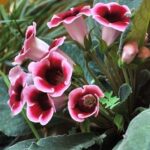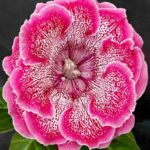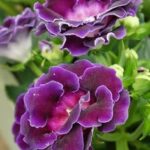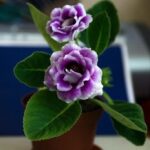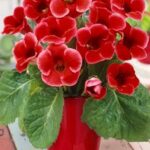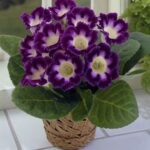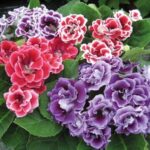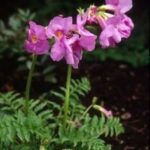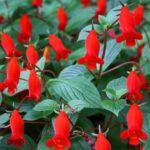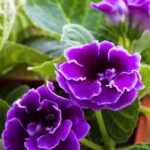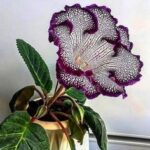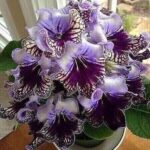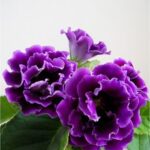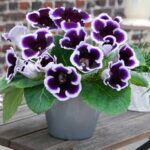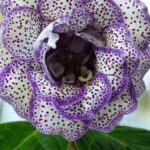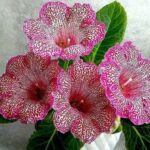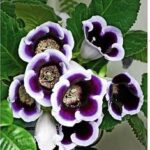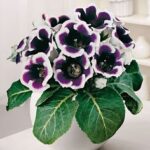Gloxinia (Sinningia speciosa) is a beautiful flowering plant that’s well-loved for its vibrant, trumpet-shaped blooms and velvety leaves. Here’s a guide on how to grow and care for Gloxinia to ensure healthy growth and abundant flowering.
1. Choosing the Right Gloxinia
Start with healthy tubers or plants. You can purchase Gloxinia tubers from nurseries or online. Look for firm, plump tubers without signs of rot or damage. Alternatively, you can buy young plants that are already growing.
2. Potting and Soil Requirements
Gloxinia prefers a well-draining potting mix. Use a mix specifically designed for African violets, or create your own by combining peat moss, perlite, and vermiculite. The pot should have good drainage to prevent waterlogging, which can cause root rot.
3. Planting the Tubers
Plant the tubers in a shallow pot, with the concave side facing up. Cover them lightly with soil, leaving the top of the tuber exposed. Water the soil lightly after planting.
4. Light Requirements
Gloxinia thrives in bright, indirect light. Place the pot in a location where it receives plenty of light but is protected from direct sunlight, which can scorch the leaves. East or north-facing windows are ideal.
5. Watering
Water Gloxinia thoroughly when the top inch of soil feels dry. It’s important to water the plant at the base to keep the leaves dry and avoid water spots. Avoid overwatering, as the plant is susceptible to root rot.
6. Humidity and Temperature
Gloxinia prefers a humid environment with temperatures between 65-75°F (18-24°C). If your home is dry, consider using a humidity tray or a room humidifier. Avoid placing the plant in drafty areas or near air conditioning vents.
7. Fertilizing
Feed Gloxinia every two weeks during the growing season (spring and summer) with a balanced, water-soluble fertilizer. Dilute the fertilizer to half the recommended strength to avoid overfeeding.
8. Encouraging Blooming
Gloxinia is known for its stunning blooms. To encourage blooming, maintain consistent moisture and humidity, and provide adequate light. Deadhead spent flowers to encourage more blooms and prevent disease.
9. Dormancy and Care After Blooming
After blooming, Gloxinia enters a period of dormancy. Reduce watering and allow the foliage to die back naturally. Once the leaves have died, stop watering altogether and store the tuber in a cool, dark place. In a few months, new growth will appear, signaling that it’s time to start watering again and move the plant back into bright light.
10. Pest and Disease Management
Gloxinia is prone to pests like aphids, spider mites, and mealybugs. Inspect the plant regularly and treat any infestations with insecticidal soap or neem oil. To prevent diseases, ensure good air circulation around the plant and avoid waterlogging.
 Flower Love
Flower Love

